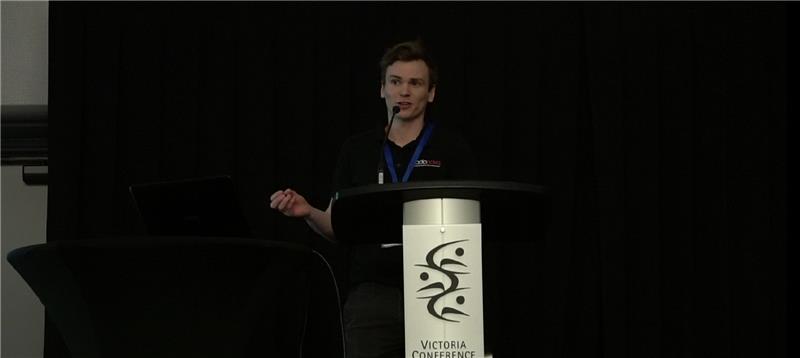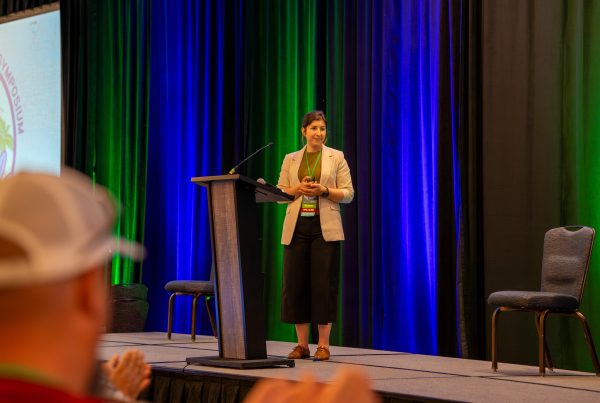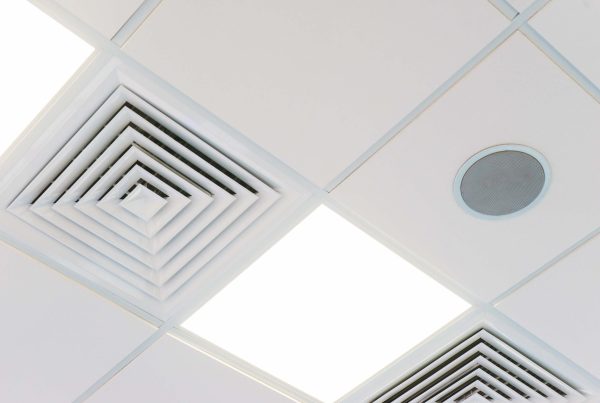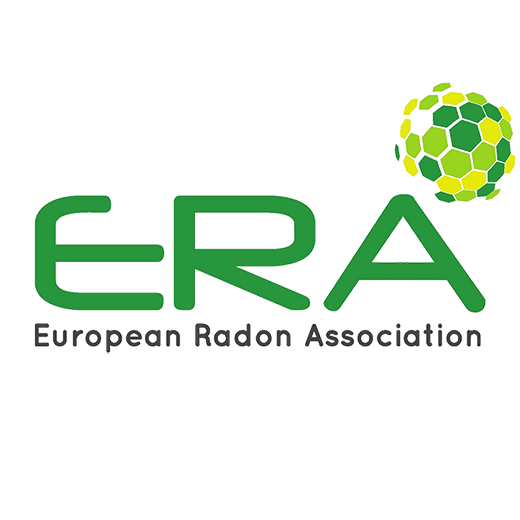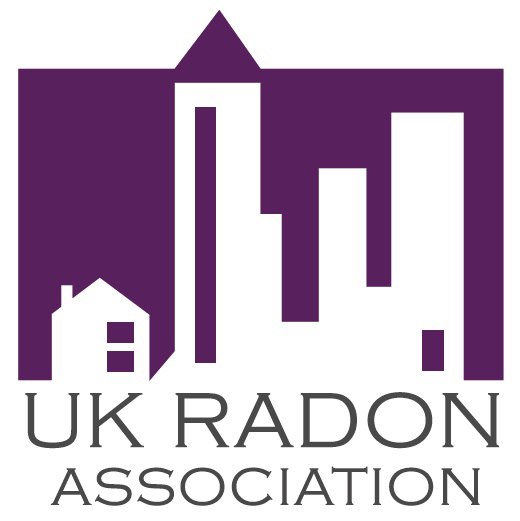Throughout the year, Radonova participates in several international conferences and events where radon is at the top of the agenda. In April, our development engineer Patrik Starck had the opportunity to present Radonova’s studies about follow-up workplace measurements at CARST 2023 (Canadian Association of Radon Scientists and Technologists). We met Patrik, who tells us about the feedback he received and his impressions from the conference.
What was your presentation at CARST about?
The study investigated how the results from a follow-up measurement of the radon level in workplaces can give different results depending on the length of time the follow-up measurement is carried out. The background to the study was that Health Canada previously specified that it was sufficient to carry out a follow-up measurement for two or five days. We wanted to show how important it is that the follow-up measurement is carried out over a period of a full week. What we didn´t know at the beginning of the study was that Health Canada had changed its recommendation to a full week. This means that the study became more focused on scientifically confirming that this choice of measurement period is correct.
The result showed that a follow-up measurement over two or five days generally gives an incorrect picture of the radon level, compared to measuring over a period of a whole week. A general overestimation of the so-called compensated annual average value is made when a shorter measurement is carried out.
How was the response from the participants at the conference?
I received a lot of positive feedback from various participants, even Health Canada was there and they were impressed that we knew so much about their regulations. At the same time, it should be pointed out that this type of follow-up measurements is not performed very frequently in Canada and I think that many of those who work with radon are not fully aware of how follow-up measurements can be used and applied. However, by highlighting the issue in the presentation, I hope that more people have opened their eyes to how important it is with follow-up measurements and how time-controlled ventilation often causes large differences in the radon level.
Can you elaborate on why follow-up measurements at workplaces are so important?
With time-controlled ventilation (which a large proportion of workplaces and schools have), the radon level varies depending on whether the ventilation is running or not. At night, limit values can often be exceeded multiple times. Just making a long-term measurement with a passive detector does not consider these differences over the day. Instead, it only gives an average value for the entire period. At a workplace or school, however, one is primarily interested in what the radon level is during working hours since that is when people are spending time in the building. To make a reliable measurement, an instrument with a fast response time is required that can detect this type of difference quickly enough. This is also why we developed the measurement service SPIRIT. It makes follow-up measurements very easy to carry out, without requiring any expert knowledge on the part of the person placing the instruments.
Why is the CARST conference and similar events important to the industry?
Above all, the exchange of knowledge that takes place is fun and educational. Countries often work in slightly different ways when it comes to measurements, follow-up measurements and mitigations. Being able to come to Canada and say, “this is how we do it in Sweden” and in the same way get a better insight into how it works in Canada, allows us to absorb the best of both worlds.
I was able to take part in many interesting lectures and subsequent discussions. It was particularly interesting to hear Dr. Aaron Goodarzi’s presentation on how medical technology research is progressing and how it can be used to calculate how much radon a person is exposed to during their lifetime. That information can then be used as a basis for determining who should be called in for lung cancer screening.
Patrik Starck is a civil engineer in technical physics in the field of embedded systems.
